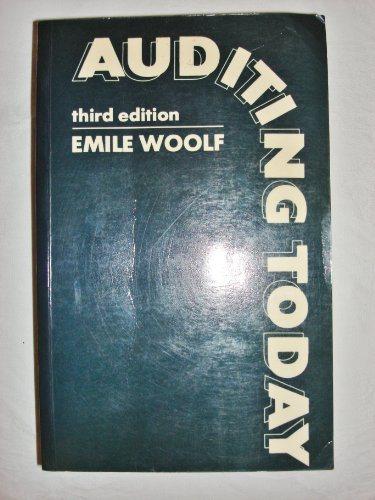20. A company's year-end balance in accounts receivable is $2.100,000. The allowance for uncollectible accounts had a beginning-of-year credit balance of S37,000. An aging of accounts receivable at the end of the year indicates a required allowance of $45,000. If bad debt expense for the year was $47,000, what was the amount of bad debts written off during the year? A. $27,000 B. $33,000 C. $42,000 D. $39,000 E. None of the above. 21. James Company began the month of October with inventory of $17,000. The following inventory transactions occurred during the month: The company purchased merchandise on account for $25,000 on October 12, 2018. Terms of . On October 31, James paid for the merchandise purchased on October 12. . It was determined that inventory on hand at the end of October cost $23,470. the purchase were 3/10, n/30. James uses the net method to record purchases. The merchandise was shipped fo.b. shipping point and freight charges of $520 were paid in cash. During October, merchandise costing $18,300 was sold on account for $28,400. James Company uses a periodic inventory system, how much was Cost of Goods Sold for Assuming that October? A. $16,700 B. $17,400 C. $18,300 D. $19,200 E. 519f the None of the above. 22. Samuelson and Messenger began 2018 with 200 units of its one product. These units were purchased near the end of 2017 for $20 each. During the month of January, 100 units were purchased on January 8 for $23 each and another 200 units were purchased on January 19 for $25 each. Sales of 130 units and 110 units were made on January 10 and January 25, respectively. There were 260 units on hand at the end of the month. S&M uses a periodic inventory system. Calculate ending inventory and cost of goods sold for January using average cost. A. COGS, $5,700; Ending Inventory, $5,620 B. COGS, $4,290; Ending Inventory, $3,860 C. COGS, $5,424, Ending Inventory, $5,876 D. COGS, $5,290, Ending Inventory, $8,360 E. None of the above. 23. For contracts that include more than one separate performance obligation: A. Revenue is recorded over time at the fair value of each performance obligation. B. Revenue is recognized in the amount of the contract price on the date the last separate performance obligation is satisfied. C: The contract price is allocated to each performance obligation in proportion to the obligations' stand-alone selling prices D Revenue is recognized in the amount of the contract price on the date the contract is signed E. None of the above







